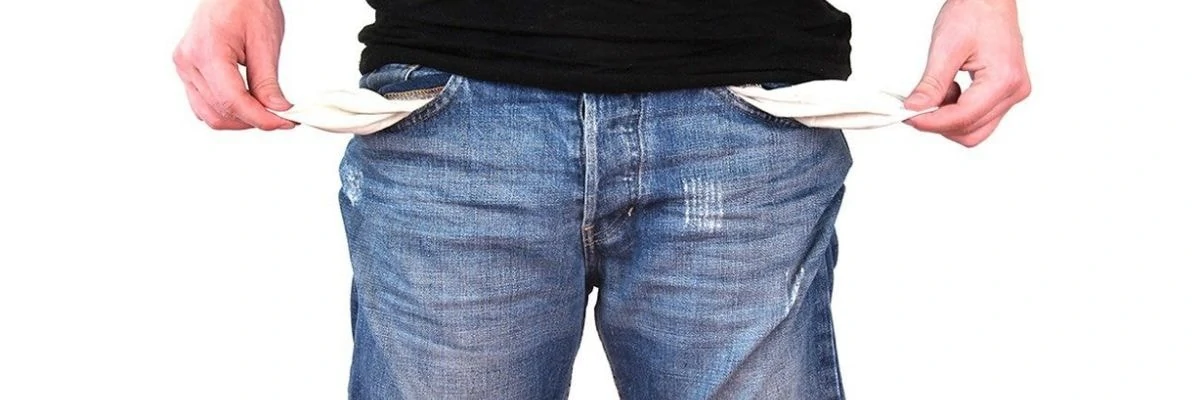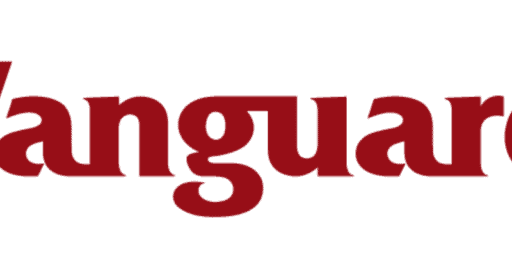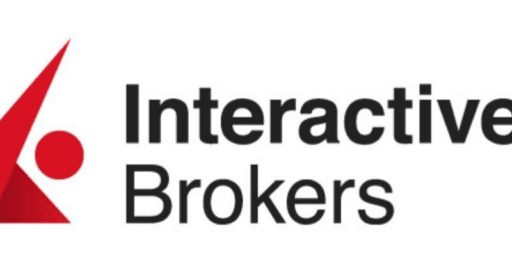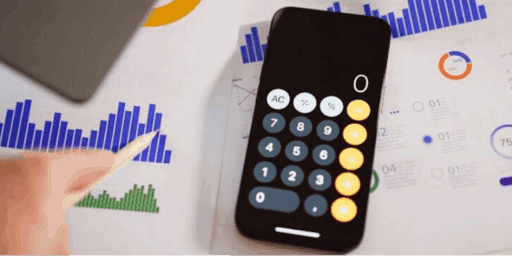What to do if Run out of HELOC Space with the Smith Manoeuvre
If you’ve been following the blog for a while, you may have heard about the Smith Manoeuvre.
At a high level, it’s a long-term investment strategy for investors with high risk tolerance. Essentially, it’s where an investor borrows against his home (using a HELOC) to invest in the stock market, business, and/or real estate. The plan is for the assets to grow over time at a greater rate than the interest accrued. In the meantime, the investor can write off the interest to reduce their taxable income.
You can get all the details about the SM strategy here.
A big question that I get is what about the HELOC payments? Wouldn’t that crimp your cash flow? To get around this cash flow problem you can capitalize the interest. Essentially, this is where you use a loan to make the loan interest-only payments. In this case, you can use the existing HELOC to make the HELOC payments. Confusing? It’s not as bad as it sounds.
Graphically, this is how we have our leveraged investment strategy set up and how we capitalize the interest.
For those of you new to this strategy, capitalizing the interest is one of the bonuses of this strategy. It’s where you use the investment loan to pay for the interest owed, and everything remains tax deductible. As funny as that sounds, the rule is if you take out a loan (we’ll call it loan A) to pay for the investment loan (HELOC) tax deductible interest, then loan A interest is also tax deductible. So technically, if I use the HELOC balance to pay for the HELOC interest, then the entire HELOC balance should remain tax deductible. I utilize this strategy as it allows me to have an investment loan without actually using any of my own cash flow to service the loan interest.
The easiest way is to have your HELOC interest automatically deducted from your chequing account monthly. Then do a transfer for the same amount from your HELOC to repay your chequing account. I would also recommend to have a dedicated chequing account for this strategy in case CRA comes knocking on the door for your records. At least that’s the way that I have it setup. And yes, I would recommend against maxing out the HELOC as you’ll need the space to pay for the interest incurred.
So to the point of the article, if you are capitalizing the interest, isn’t there a point where you run out of HELOC space (credit available)? The answer is yes! If your instalment mortgage is paid off, and you are using the HELOC to pay for itself, your HELOC balance will continually increase. The question is, are you comfortable with a maxed out HELOC? Note that a large HELOC may impact your credit score as you may be borrowing a large amount of your overall credit available.
Personally, I have seen the impact with my Equifax scores but not so much Transunion. You can likely check your credit score for free with your bank. If your bank doesn’t offer the service, here are some other free ways to check your credit score and report. You can also get your credit score (Equifax) for free with Borrowell.
Let’s take a look at an example. Say an initial loan of $100k from a HELOC with an interest rate of 4% and a credit limit of $250k. Providing that there are no more transfers from the HELOC to the portfolio, how many years will it take for the HELOC to be maxed out? 24 years! Check out the table below.
| Year | Balance |
| 1 | $100,000.00 |
| 2 | $104,000.00 |
| 3 | $108,160.00 |
| 4 | $112,486.40 |
| 5 | $116,985.86 |
| 6 | $121,665.29 |
| 7 | $126,531.90 |
| 8 | $131,593.18 |
| 9 | $136,856.91 |
| 10 | $142,331.18 |
| 11 | $148,024.43 |
| 12 | $153,945.41 |
| 13 | $160,103.22 |
| 14 | $166,507.35 |
| 15 | $173,167.64 |
| 16 | $180,094.35 |
| 17 | $187,298.12 |
| 18 | $194,790.05 |
| 19 | $202,581.65 |
| 20 | $210,684.92 |
| 21 | $219,112.31 |
| 22 | $227,876.81 |
| 23 | $236,991.88 |
| 24 | $246,471.55 |
| 25 | $256,330.42 |
Let’s take a look at a personal example – my OWN HELOC. Right now, the balance is about $140k with $4% interest and a credit limit of about $215k. If we were to capitalize the interest right up until my credit limit, I could do this for about 12 years (from today).
| Year | Balance |
| 1 | $140,000.00 |
| 2 | $145,600.00 |
| 3 | $151,424.00 |
| 4 | $157,480.96 |
| 5 | $163,780.20 |
| 6 | $170,331.41 |
| 7 | $177,144.66 |
| 8 | $184,230.45 |
| 9 | $191,599.67 |
| 10 | $199,263.65 |
| 11 | $207,234.20 |
| 12 | $215,523.57 |
To mitigate against the HELOC balance from getting too large, you could simply make the payments out of your own cash flow and/or you use the dividends generated from your investments to pay down the loan.
My SM portfolio generates about $7,800/year in dividends. What if I were to withdraw those dividends right onto the investment loan. To keep things simple, let’s assume that interest rates don’t rise AND there is no dividend growth.
| Year | Balance | Deposit |
| 1 | $140,000.00 | $0.00 |
| 2 | $145,600.00 | $7,800.00 |
| 3 | $143,312.00 | $7,800.00 |
| 4 | $140,932.48 | $7,800.00 |
| 5 | $138,457.78 | $7,800.00 |
| 6 | $135,884.09 | $7,800.00 |
| 7 | $133,207.45 | $7,800.00 |
| 8 | $130,423.75 | $7,800.00 |
| 9 | $127,528.70 | $7,800.00 |
| 10 | $124,517.85 | $7,800.00 |
| 11 | $121,386.56 | $7,800.00 |
| 12 | $118,130.03 | $7,800.00 |
| 13 | $114,743.23 | $7,800.00 |
| 14 | $111,220.96 | $7,800.00 |
| 15 | $107,557.80 | $7,800.00 |
| 16 | $103,748.11 | $7,800.00 |
| 17 | $99,786.03 | $7,800.00 |
| 18 | $95,665.47 | $7,800.00 |
| 19 | $91,380.09 | $7,800.00 |
| 20 | $86,923.30 | $7,800.00 |
| 21 | $82,288.23 | $7,800.00 |
| 22 | $77,467.76 | $7,800.00 |
| 23 | $72,454.47 | $7,800.00 |
| 24 | $67,240.65 | $7,800.00 |
| 25 | $61,818.27 | $7,800.00 |
| 26 | $56,179.00 | $7,800.00 |
| 27 | $50,314.16 | $7,800.00 |
| 28 | $44,214.73 | $7,800.00 |
| 29 | $37,871.32 | $7,800.00 |
| 30 | $31,274.17 | $7,800.00 |
| 31 | $24,413.14 | $7,800.00 |
| 32 | $17,277.66 | $7,800.00 |
| 33 | $9,856.77 | $7,800.00 |
| 34 | $2,139.04 | $7,800.00 |
| 35 | -$5,887.40 | $7,800.00 |
As you can see from the table above, using the dividends from the portfolio would result in paying off the HELOC entirely by about 35 years (at least in this scenario – it’s faster if you count the tax deduction). Personally, I’ve just started using dividends to pay down the HELOC and may continue until I reach the $100k mark. If we get a major market correction, I may reborrow again and continue to slowly pay down the balance.
While a long-term leveraged investment strategy may work, the investor really needs a high-risk tolerance. If you plan on capitalizing the interest on your investment loan, take note that you will eventually run out of HELOC space unless you plan on: refinancing; paying it off using dividends; and/or using your own cash flow.
Taking Dividend Investing to the Next Level
Dividend Stocks Rocks (DSR), is a highly recommended newsletter and product if you want to take your dividend investing to the next level . It has been managed by my fellow blogger Mike from the Dividend Guy Blog since 2013.
DSR is not just a weekly newsletter with stock picks. It’s a program that will help you manage your portfolio and improve your results. You can first read our detailed DSR review, or sign up now by clicking the button below.
I've Completed My Million Dollar Journey. Let Me Guide You Through Yours!
Sign up below to get a copy of our free eBook: Can I Retire Yet?












Hi FT, I’m very close to doing the smith maneuvre. I think I understand everything now and i got everything set up now. There is just one last question that I have is where in the Canadian tax act that it say the capitalization of interest? I just want to be prepared just in case I got audited.
Hey Romeo,
Stay tuned for next week when we have a big SM-themed post coming up!
Great info here. I was wondering if you had a model of your portfolio you use with the SM. I saw some older posts on your site from 2012.
Any advice on using ETFs? Is ROC really a pain. Seems like an easy enough calculation given it’s right on the T forms during tax time.
Thanks again for all the great info.
We have a re-advanceable HELOC with conventional mortgage though CIBC (formerly Firstline). Our mortGage payment is roughly 520/mo. The principal part of that pops into our HELOC. We use that part to pay the interest on our interest-only HELOC (for cash flow reasons). I’ve since learned that this is called “capitalizing the interest”. Can I use the interest paid on the HELOC as a tax deduction on my income tax. For example, if my annual interest paid on the HELOC is $5500, can I use that as a deduction on my income tax. If so, how far back can I go (in years) to make this deduction?
Are you using the HELOC towards investments? If so, then your interest may be tax-deductible (depending on your investments). You’ll need to discuss with an accountant on how far back you can go, if at all.
Hi FT, does the order you capitalize the interest matter? Say borrow from heloc first and then deposit back to heloc as payment
For me, automatic payments are taken out of my chequing account first. However, I don’t see a reason why the order would matter.
You mention that you’re getting dividends from your investment: are those dividends being re-invested back into your taxable account (DRIP-like), or are you paying of your mortgage more quickly (then perhaps using the larger HELOC room for more investing)? I’m guessing that you have to pay taxes on those dividends/returns.
Technically, to reduce “tax drag”, would it be better to invest in items that put a focus on deferred capital gains? This way you only end up paying tax only at the ‘end’ of process when you start cashing out your taxable portfolio.
Certainly if you put the dividends into the mortgage, you can pay it off sooner (certainly not a bad thing), and then turn around and more HELOC room for investing. But, mathematically speaking, wouldn’t it be better to reduce taxes now so that all your returns can be kept invested, and those returns are compounded longer?
See “Smith Manoeuvre with Dividends” section:
* https://edrempel.com/smith-manoeuvre/
I ideal case would be to keep everything in a registered account. The tax drag really depends on your income. If you are high income, then perhaps it would have a material difference. For us, the income is split between two people, one of which has little or no income (ie. 0% tax on dividends). The alternative of using corporate class funds typically have higher annual expense ratios, which would likely cost you more in the long-term.
Thanks for the great article. I currently use $100k HELOC for an investment property down payment. Rather than paying P+0.5% interest, RBC allows me to convert this $100k into a 3-year fixed term conventional mortgage with an lower interest rate of 2.74%. As I understand the interest of this $100K is fully tax deductible from the rent. My questions are: 1. Is it wise to convert $100K HELOC into conventional mortgage? 2. Do I still need to capitalize interest? I am a bit lost. Thanks.
ETIN, the lower interest rate sounds like a good idea. You never “need” to capitalize the interest, it’s a choice. If there is no issue with your cash flow in paying off the new fixed-term mortgage, then go for it!
That’s a great HELOC rate you have there and a great return ($7800 in dividends). I have still not dabbled in the SM yet. Thanks for sharing your thoughts and the great charts as usual.
GYM, you are doing great without going into leveraged investing. Keep doing what you are doing!
Hi FT, interesting extrapolation! I have used the smith manœuvre but only to work on converting my mortgage « bad debt » into a tax deductible « good debt ». As I’ve started a lot later than you (in my 50’s), this is my sole objective other than having access to emergency funds if necessary. At the same time I am driving down my mortgage in order to be mortgage free in time for retirement. I wish I had started earlier. Thanks for the insights!
Never too late to start Chris, sounds like you are well on your way! All the best.